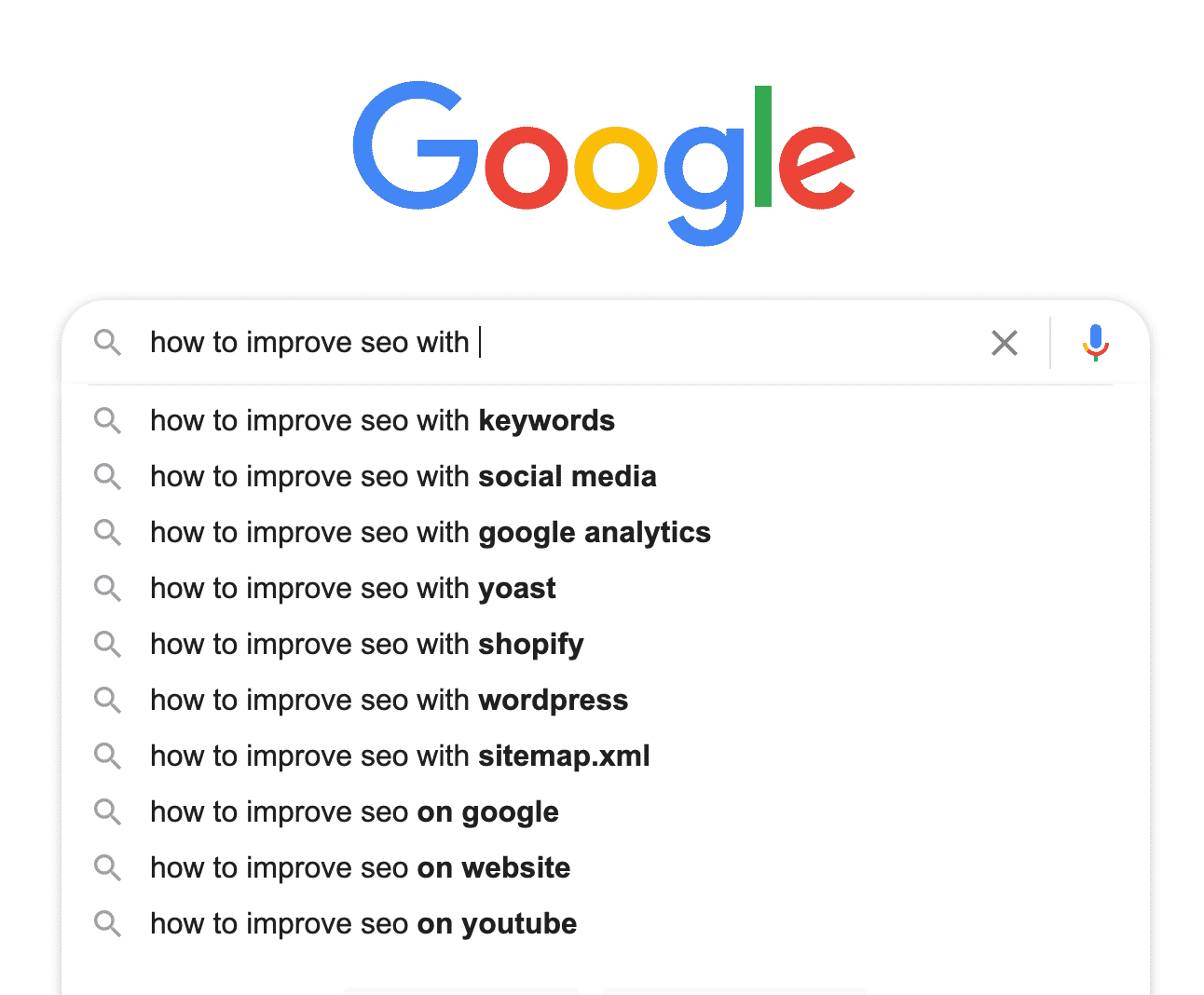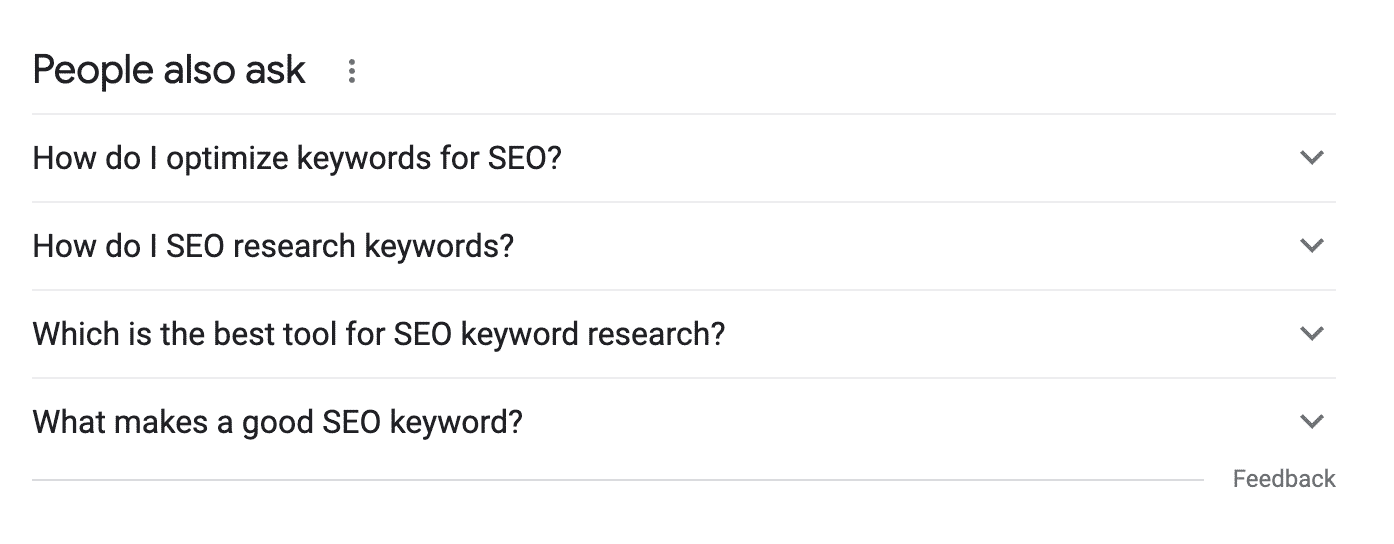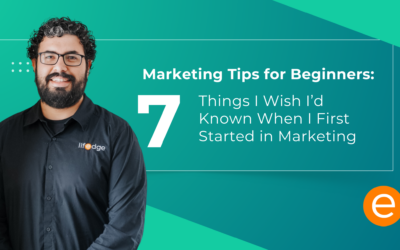How to do keyword research
We’re back with another post about keyword research! If you haven’t already, be sure to check out last week’s post, where we discussed what keyword research is and why it’s important. Remember, we want to capitalize on the keywords that users are searching, use those keywords within our sites, and – by doing this – improve SEO.
Short-tail verses long-tail keywords
There are two types of keywords: short-tail and long-tail. Short-tail keywords are usually one word, such as “recipes” or “kids”, and are used in more general searches. If you search a short-tail keyword on a search engine, you will get a LOT of results.
Long-tail keywords consist of three to five words, or even more. Some examples of long-tail keywords could be, “how to cook a Thanksgiving turkey”, or “fun outdoor activities for kids”. Long-tail keywords don’t yield as many results, but the results that are generated are much more relevant to the user’s needs.
The importance of long-tail keywords
We’re going to be focusing on long-tail keywords. Remember, long-tail keywords usually consist of three or more words. They narrow down the focus of the search and bring more specific results. Unless you’re a very established website with lots of traffic, long-tail keywords are a must.
Think of it this way:
If a user searches “SEO”, hundreds of thousands of results will come up. Unless you have a very highly-trafficked and highly-ranked site, your chances of coming up anywhere near the top are virtually none. However, by choosing a long-tail keyword, such as “how to improve SEO”, your chances of ranking increase. “How to improve SEO” does, of course, make your page available to a smaller audience than simply, “SEO”. However, you now at least have a chance of ranking with this audience.
By using long-tail keywords, you also capitalize on an audience who might actually be looking for your services. A user who types in “SEO” could be searching for any number of things. Likely, they are just searching for a definition. However, a user searching for “SEO services near me” probably has an intent to buy.
How to manually find long-tail keywords
Now that we’ve discussed the importance of keywords, and specifically long-tail keywords, how do you choose which keywords to actually use? A good exercise when targeting a keyword is to search that keyword on Google. Would your article fit into the results? If it would be out of place, you probably need to tweak your keyword.
Another helpful practice is to start Googling keywords and look at the suggested searches that come up as you’re typing.

Looking through the “people also ask” and “related searches” sections are also invaluable practices.

Google Search Console
If you haven’t used Google Search Console to help you monitor and maintain your website, now would be a great time to sign up! Google Search Console is a free tool that has all kinds of cool features. It’s especially helpful in keyword research, indicating how many times one of your landing pages appeared in a search. This feature can be set up to show data for the last week, the last month, the last 3 months, etc. Google will keep track of how many times people searched for your keywords, how many times a user clicked the link to your site, and what your ranking is on Google (for example, 1-10 means you made the first page).
Other keyword research tools
If you’re ready to invest a little cash into your keyword research, there are lots more great tools out there. SEMRush is a popular tool that can be a great help. It allows you to see the competition level of your keywords, the difficulty of outranking your competitors for specific keywords, search volume, and more.
How to use keywords in your content
After you’ve discovered the best keywords for your site, jump in and use them! You’ll want to optimize the homepage of your website for your main keyword, since the homepage is where search engines start the crawling process.
Next, you’ll need keywords for each page of your site. This includes pages such as services pages, blog posts, or any other individual pages you may have on your site. Utilizing blog posts is a great way to create content targeting long-tail keywords.
Follow these tips for including keywords within your content:
- Add your keywords in the URL
- Use keywords in the page title
- Include your target keyword or a close variation in the h1 Tag
- Use long-tail keywords as your subheadings (h2, h3) — these can be related keywords
- Use keywords throughout your content
Keep up the great work!
We hope this gives you some great ideas for improving your keyword research and usage for your company. Remember to keep creating content related to your target topics. This will create relevancy and increase your rankings. For more in-depth keyword research help, check out Reliablesoft’s Keyword Research Course by Alex Chris.
Here at Lifedge, we thrive on helping YOU succeed. We want to help you create an excellent digital presence with more leads, more traffic, and more revenue. Check out all of our digital marketing services at Lifedge.online. We’d love to hear from you!










0 Comments